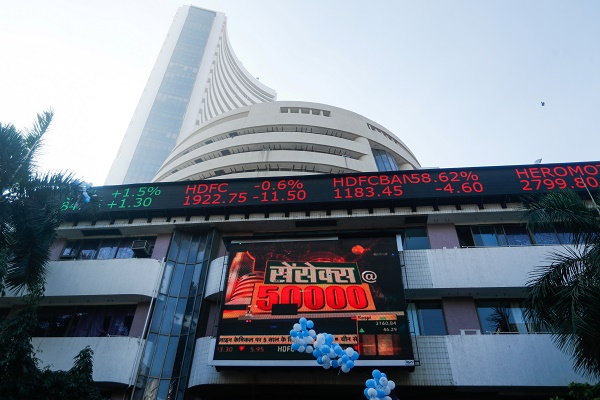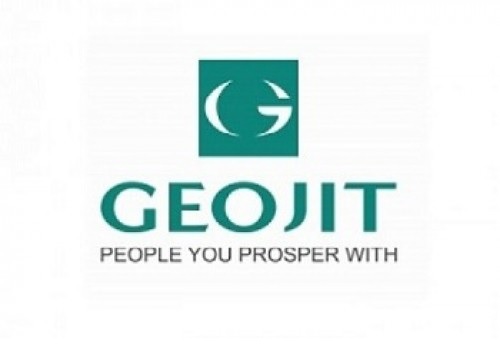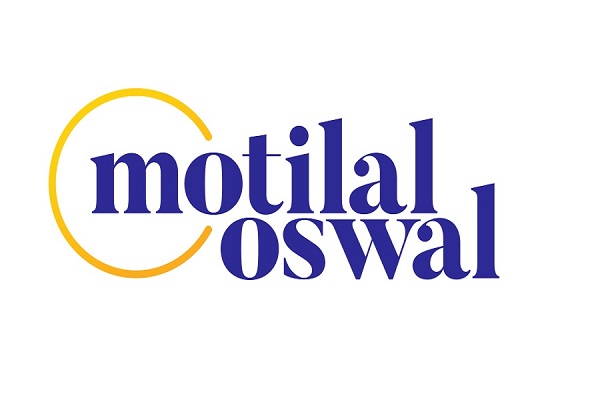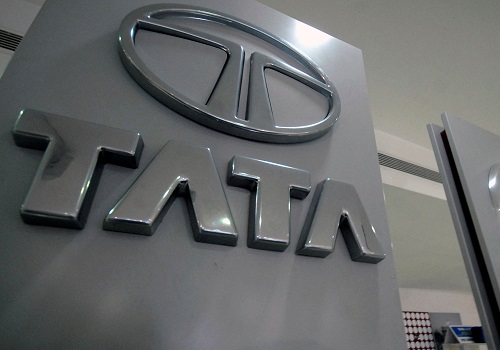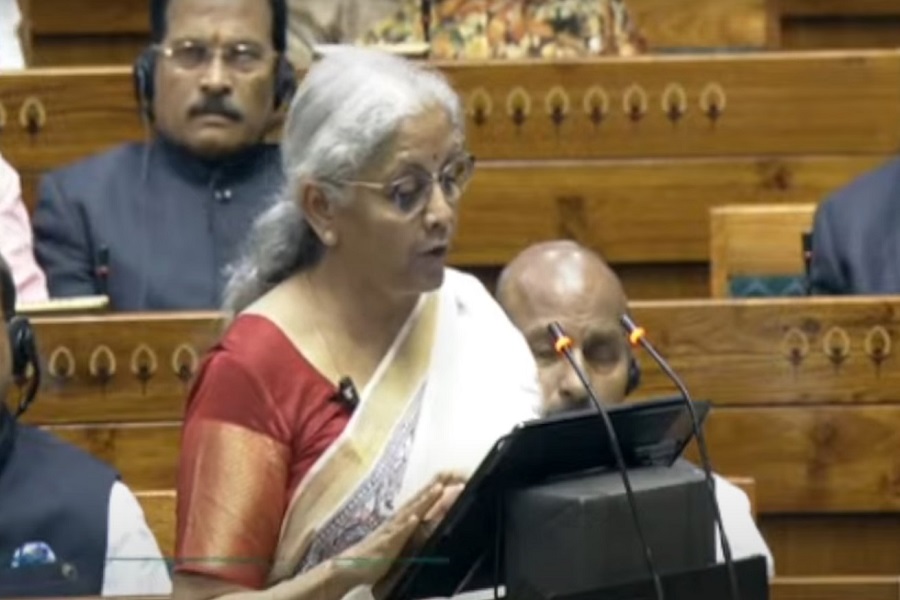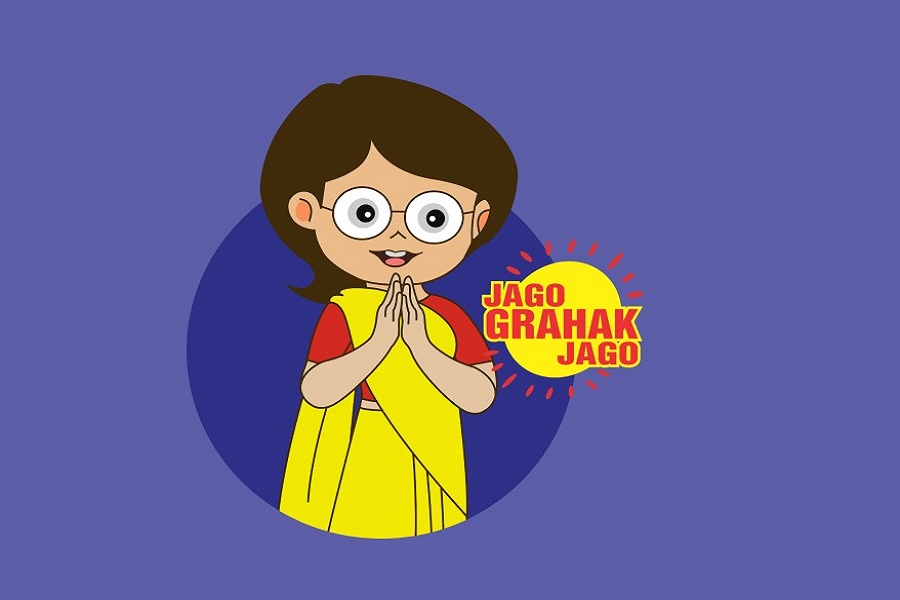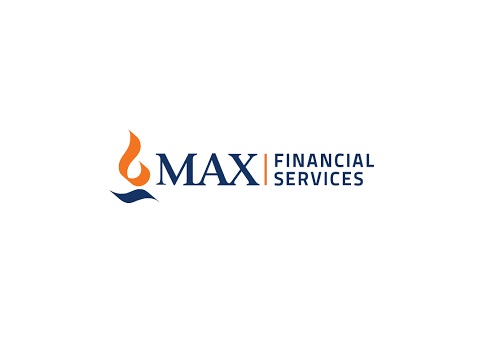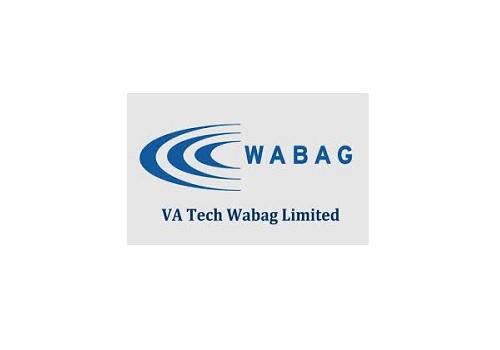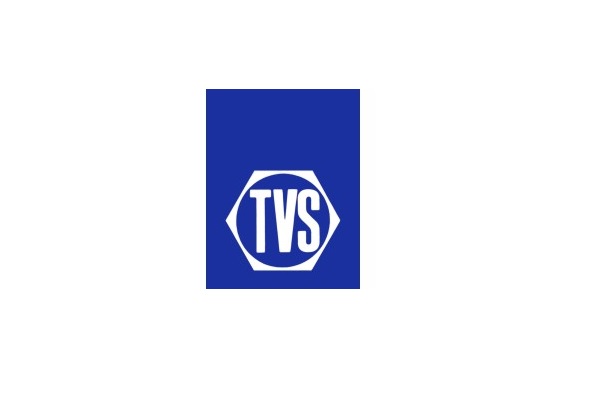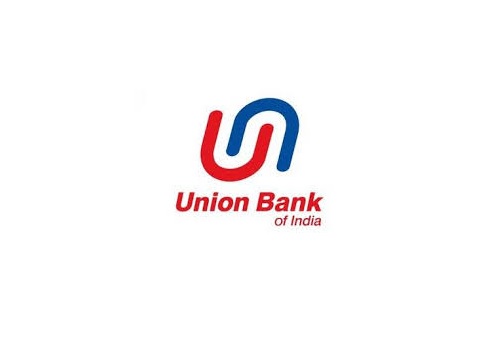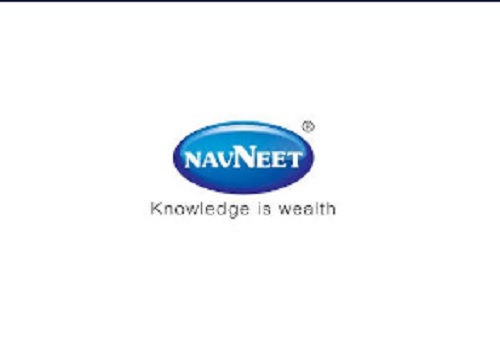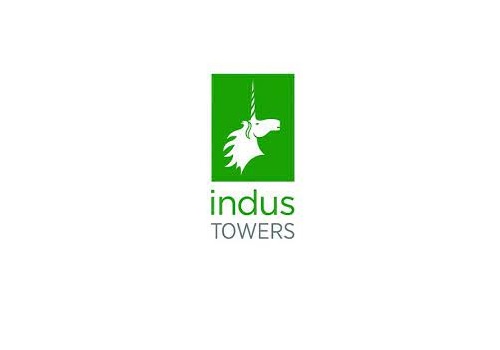Buy Swiggy Ltd For Target Rs. 450 By JM Financial Services
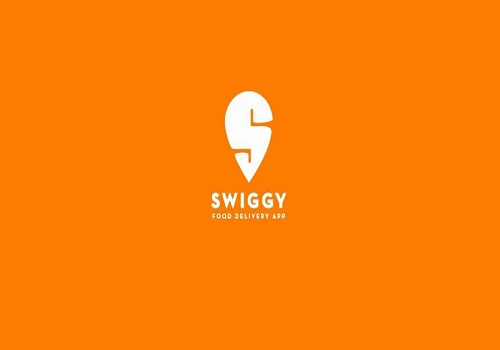
Instamart’s poor show again offsets food delivery outperformance
Swiggy’s 4Q results were once again a story of contrasting performances in food delivery (FD) vis-à-vis Instamart (QC) businesses. While it reported market-leading GOV growth of 17.6% YoY (a tad ahead of JMFe) alongside strong margin gains in FD, its GOV grew 101% YoY (JMFe of 110% YoY) in Instamart, meaningfully slower than the market with profitability deteriorating more than anticipated. This, along with sequential increase in ESOP costs led to Consol. EBITDA loss expanding to INR 9.6bn (vs. JMFe loss of INR 8.6bn) from a loss of INR 7.3bn in 3Q. That said, it appears QC growth investments have peaked out in 4Q and profitability in the business could recover hereon aided by improvement in store/warehouse utilisation rates and operating leverage, albeit it could lead to further share loss in FY26. Overall, Consol. operating losses should contract henceforth as FD margin gains are also likely to continue. The stock is likely to remain under pressure in the near term due to weak 4Q results as well as upcoming expiry of pre-IPO shareholder lock-in on 12th May. Long-term investors can use these pressures, to build a sizeable position in Swiggy as, at CMP, the market seems to accord value to only its food delivery business, whereas Instamart and other businesses are not getting any meaningful value. In our SOTP valuation, we maintain Adj. EBITDA estimates/multiple for food delivery but cut Instamart’s GOV estimats/multiple (from 1x GOV to 0.5x). Our Mar’26 TP now stands at INR 450. We maintain BUY.
* Food delivery – Robust, all-round performance: FD GOV grew 17.6% YoY (-1.2% QoQ due to seasonality) to INR 73.5bn, a tad better than JMFe. MTU’s (monthly transacting users) grew to 15.1mn from 14.9mn in 3QFY25 (12.9mn in 4QFY24). Gross take-rate improved 40bps QoQ to 25.4% aided by ad-income and platfom fee increase. Adjusted revenue grew 19.8% YoY (flat QoQ) to INR 18.7bn, in-line JMFe. Contribution margin (% of GOV) expanded by ~40bps QoQ to 7.8% due to take-rate expansion; however, it was below JMFe of 8.0%. Adj. EBITDA margin (% of GOV) too expanded c.40bps QoQ to 2.9% (a tad below JMFe of 3.0%). Overall, Adj. EBITDA stood at INR 2.12bn vs. INR 1.84bn in 3QFY25 (INR 312mn in 4QFY24), below JMFe by c.4%. Over the next few qtrs, on a YoY basis, Swiggy’s GOV growth is likely to continue to be better than Zomato aided by a relatively favourable base, albeit sequential trends could be similar for both. Bolt orders now account for 12% of overall FD orders for Swiggy, up from 9% in 3Q. Interestingly, the management mentioned that Bolt is non-dilutive at margin level, as slightly lower AOV in the propostion is offset by lower cost of delivery (due to capping of delivery radius to 2km). New users acquired through Bolt also have 4-6% higher monthly retention than the platform average. This is quite a contrast to Zomato’s experience with Quick (like-to-like proposition), which it recently happened to shut down.
* Quick Commerce (Instamart) – Losses ~5x the market leader despite half the scale: Instamart’s 4Q performance was weaker than expected. GOV grew 19.5% QoQ (+101% YoY) to INR 46.7bn, a miss on JMFe of 24.7% QoQ. Business growth was meaningfully slower than Blinkit, which reported c.134% YoY growth despite being double the size. Instamart’s GOV to NOV conversion stood at 75.8% in 4Q vs. 79.4% in 3Q. Growth was aided by 21% sequential expansion in orders (+77% YoY), which in turn was driven by MTU expansion to 9.8mn from 7.0mn/4.7mn in 3QFY25/4QFY24. Orders per dark store per day declined 4% QoQ due to increasing proportion of new stores, as the company added 316 stores - more than the stores cumulatively added over the last 8 quarters. AOV declined 1% sequentially, from INR 534 in 3Q to INR 527 in 4Q (+13% YoY). During the quarter, gross take-rate sequentially expanded from 15.4% in 3Q to 15.7% (+93bps YoY) on account of increasing advertising spends by brands on the platform. Contribution margin (% of GOV) weakened even further, from -4.6% in 3Q to -5.6% in 4Q, due to aggressive store expansion as well as customer acquisition/retention efforts, in light of heightened competitive intensity. Adj. EBITDA margin (% of GOV) too deteriorated ~320bps QoQ to -18.0% due to contribution margin contraction and sharp rise in performance marketing spends. Overall, Adj. EBITDA loss ballooned from INR 5.8bn in 3Q to INR 8.4bn 4Q. Worryingly, 4Q losses for Instamart were ~5x the market leader despite operating at half the scale. The management noted that c.33% of new dark stores opened in 2HFY25 (+412 stores) were added in 80 new cities, while the rest were added in existing metro and Tier-1 cities. Going ahead, the company expects to majorly increase its dark store count in the cities already present. Instamart services are now available in 124 cities vs. 84 cities in Dec’24. Further, with the launch of 44 megapods in FY25 (contributing 10% of total dark store area), the average dark store size increased to 3.9k sq. ft. (vs. 3.5k sq. ft. in 3Q). Overall, Swiggy’s active dark store area has reached 4.0mn sqft as of Mar’25 (+62% QoQ), as compared to 1.5mn sqft in Mar’24, on the back of new store additions and larger stores. The management expects sequential contribution margin improvement hereon due to increasing proportion of mature stores in the total dark store count. It, however, tweaked its guidance for contribution level break-even from 3QFY26 to 3QFY26-1QFY27 on account of heightened competitive pressures. The management had earlier stopped reiterating its guidance of Adj. EBITDA level break-even by 2QFY27, though it exuberated confidence that losses will progressively unwind hereon. The company expects Maxxsaver and Megapod stores to aid annual AOV growth of high-teens in the near term. We lower our medium-term GOV growth estimates as well as profitability estimates due to sharp miss in 4Q. We, however, note that QC as a business opportunity offers significant operating leverage when operating at large scale and, therefore, from a medium to long term perspective, scale itself could drive meaningful improvement in Instamart’s profitability. We continue to bake in Instamart to report Adj. EBITDA break-even in FY29.
* Supply chain and distribution – losses contract: Revenue grew 18.4% QoQ (+58.4% YoY) to INR 20.0bn and was ahead of JMFe of INR 17.0bn. While gross margin was flat QoQ at 7.5%, fixed costs (as a % of revenue) decreased from 12.1% in 3Q to 11.0% in 4Q. Adj. EBITDA margin for the business stood at -3.5% (vs. -4.6% in 3QFY25). Consequently, Adj. EBITDA loss stood at INR 710mn vs. loss of INR 780mn in 3QFY25.
* Out-of-home consumption – turn Adj. EBITDA break-even: Out-of-home consumption GOV stood at INR 8.72bn in 4QFY25 vs. INR 8.21bn in 3QFY25, delivering 42% YoY and 6% QoQ growth. Adj. EBITDA turned positive to INR 26mn, compared to losses of INR 82mn/INR 339mn in 3QFY25/4QFY24.
* Platform Innovations – losses increase: Platform Innovations segment operates Snacc and Pyng experiments apart from other historical experiments. The segment revenue stood at INR 214mn in 4QFY25 vs. INR 229mn in 3QFY25, declining 6% QoQ (-40% YoY). Adj. EBITDA loss stood at INR 360mn versus loss of INR 110mn/INR 180mn in 3QFY25/4QFY24.
* Key developments: 1) The company has expanded Bolt services (10 minute food delivery service) to 500+ cities (425 as of Dec’24), with 45k+ restaurant brands on board. New users acquired through Bolt demonstrate c.4-6% higher monthly retention than the platform average. While the offering’s AOVs are slightly lower, last mile delivery costs are also significantly lesser (due to service cap at 2km), therefore, not leading to margin dilution. 2) Instamart launched ‘Maxxsaver’ in early Apr’25, aimed at providing discounts on bulk purchases, thereby compelling customers to expand their basket sizes, and thus, AOVs for the company. 3) The company launched ‘Snacc’ (housed under Platform Innovations) in Jan’25 in the 10 minute food delivery segment, however, serving a different use case of low-involvement consumption (where variety is not central to the consumption occasion), that is otherwise typically fulfilled by office canteens/cafeterias. 4) The company has also rolled out an additional standalone app for Instamart in Dec’24, while it continues to be on the Swiggy app as well.
* Model changes: We broadly maintain our food delivery estimates over FY26-27. On the other hand, Instamart GOV estimates are lowered by 5-6% over the same period due to miss in 4Q. Moreover, we factor in higher competitive pressures, leading us to build higher Adj. EBITDA loss forecasts in the QC segment. As a result, our Consol. FY26/27 EBITDA/PAT loss estimates have increased.
* Cut target multiple for Instamart, maintain ‘BUY’ with a revised TP of INR 450: We continue to value Swiggy’s food delivery business at 45x EV/ FY27E Adj. EBITDA multiple. We now value Instamart at 0.5x EV/ FY27E GOV multiple versus 1.0x earlier due to substantial margin profile deterioration amidst high competitive pressures. Other businesses, we now use 1x EV/GOV FY27E multiple (from 0.9x earlier) for out-of-home consumption as it has turned profitable while continuing to use 0.5x EV/Sales multiple for supply chain and distribution. Accordingly, our revised SOTP based Mar’26 TP works out to INR 450 vs. INR 500 earlier. While we see near-term pressures on the stock price, longterm investors can use these liquidity events to build a sizeable position in Swiggy as, at CMP, the market seems to accord value to only its food delivery business, whereas Instamart and other businesses are not getting any meaningful value. We maintain BUY.
Please refer disclaimer at https://www.jmfl.com/disclaimer
SEBI Registration Number is INM000010361

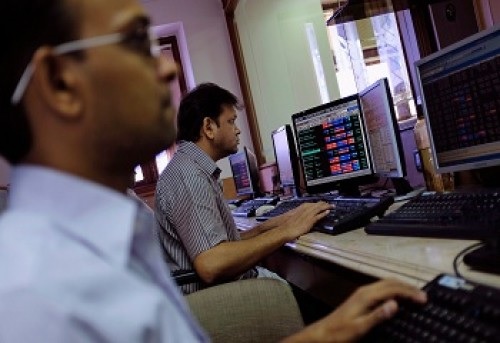
.jpg)

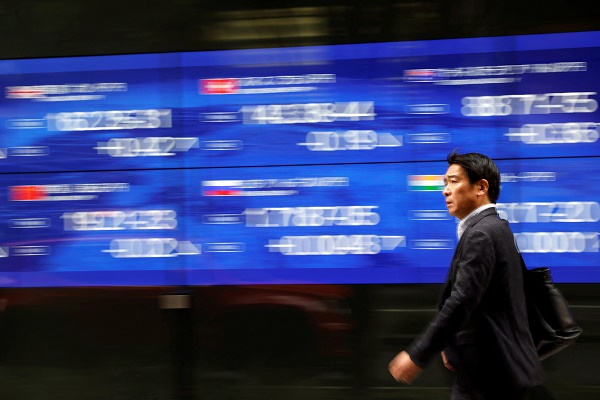
.jpg)
